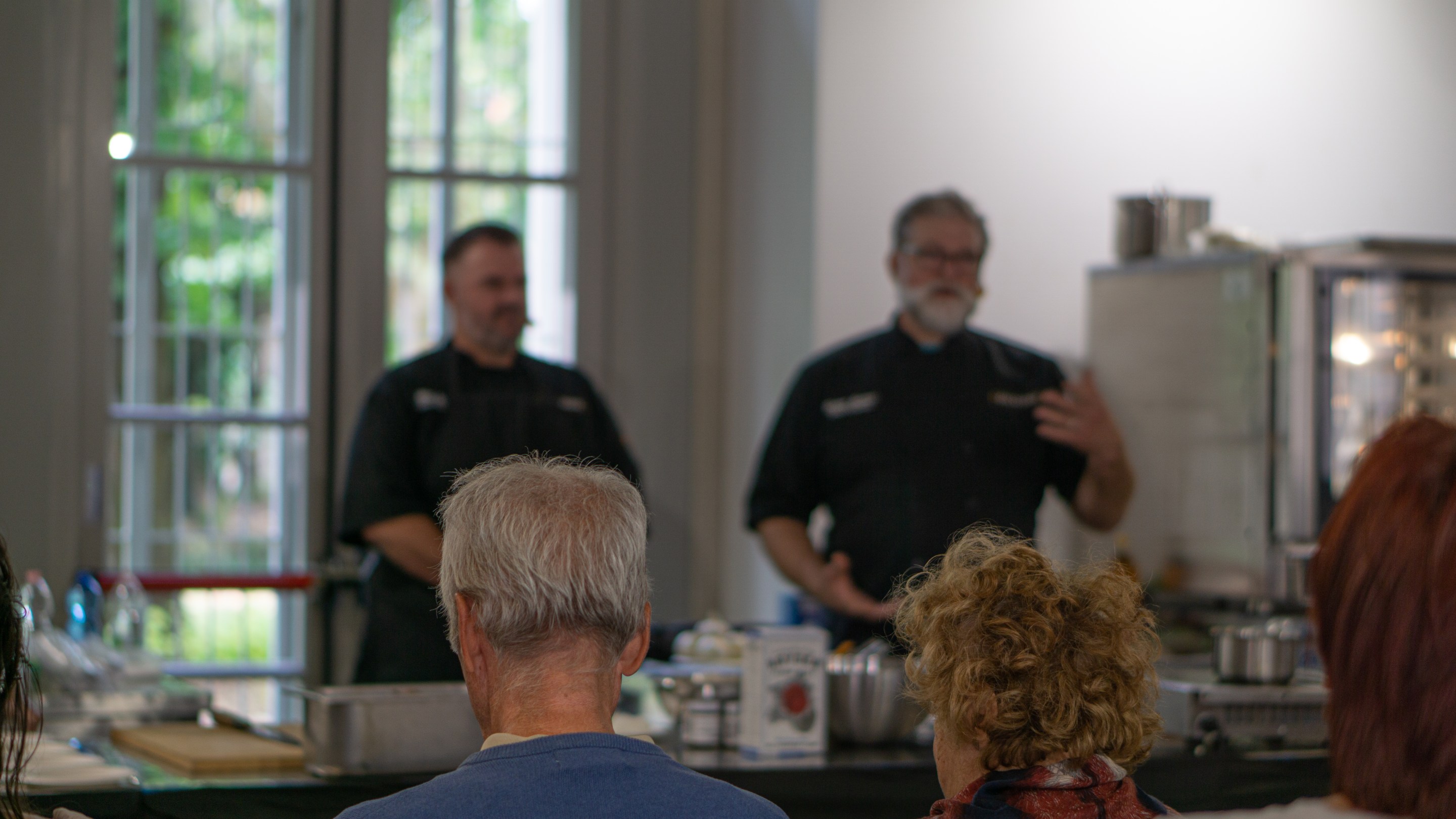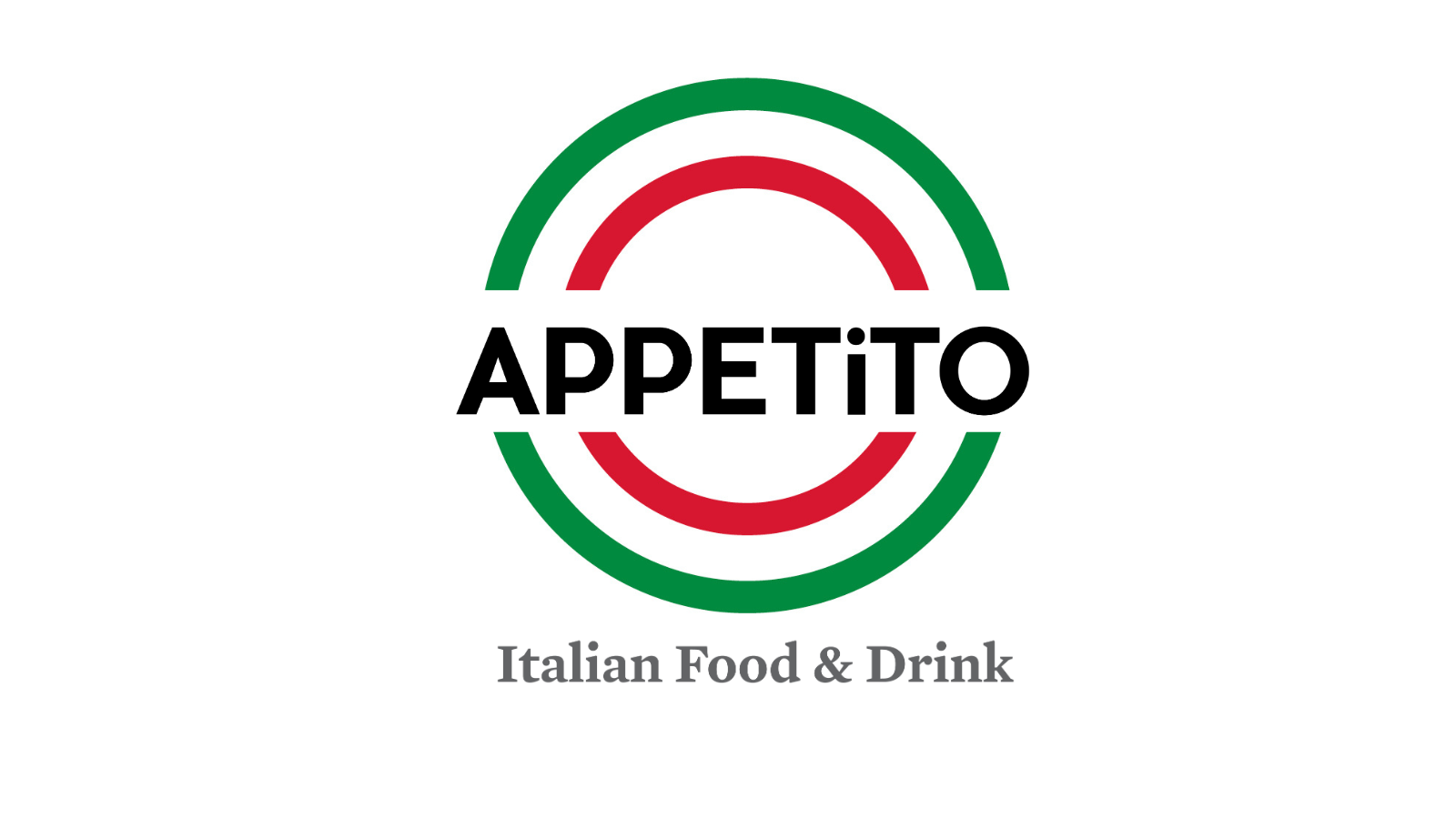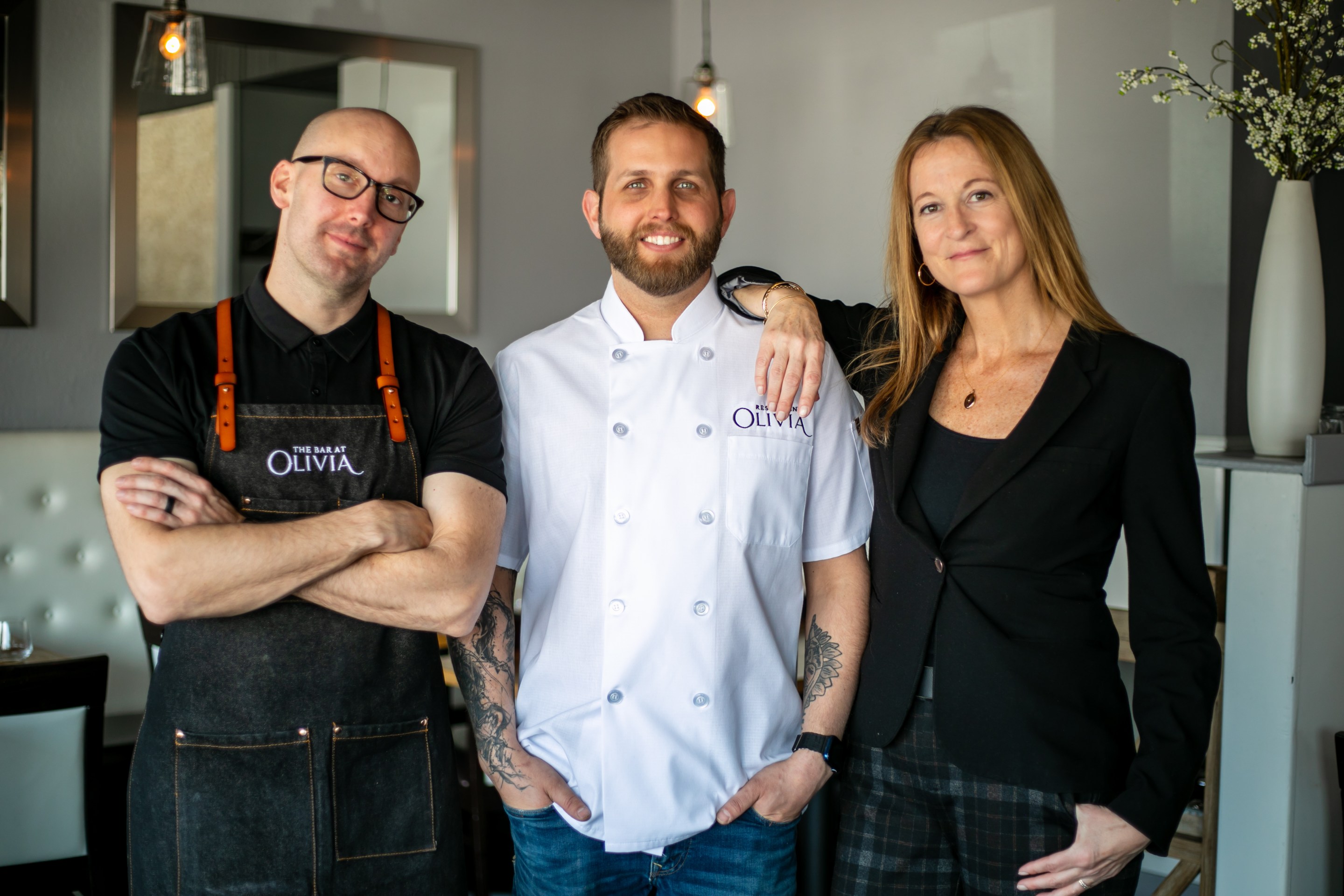I had the opportunity to meet two Tucson, AZ chefs, Matthew Cable and Devon Sanner of restaurant Zio Peppe, during their recent visit to Parma. The two Americans were touring the city of Parma for a very specific reason: Tucson and Parma, over a decade ago, were awarded the international distinction of UNESCO Creative City of Gastronomy, making them “sister cities.”
The UNESCO delegations of each city have put the spotlight on their relationship through activities such as joint masterclasses and dinners, as well as taking turns to host chefs on their respective stomping grounds. Back in January, Parma Quality Restaurant chefs Mario Marini and Nicole Zerbini took a trip to Tucson, the first exchange before Parma was to host this September.
The Municipality of Parma and the Parma UNESCO Creative City delegation gave the stage last week to the Tucson UNESCO Creative City delegation for the “Settembre Gastronomico” event. The goal was to showcase the heritage and traditions of Sonoran gastronomy — dishes and drinks using ingredients from the Sonoran desert in Arizona — and agriculture to the public of Parma, especially highlighting its ancient ties to Italianity (the quality or state of being Italian).
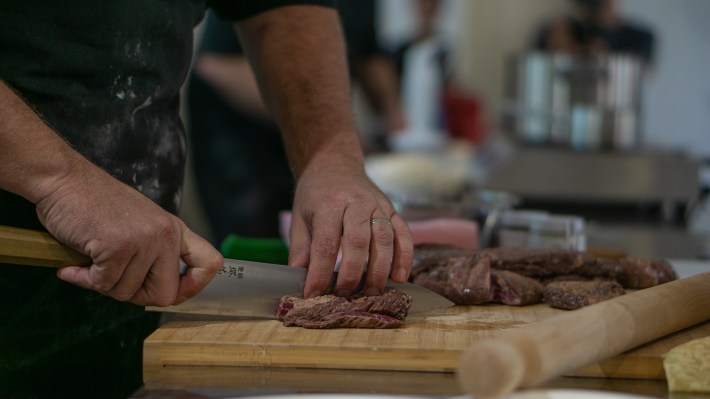
I attended two of their masterclasses: a presentation on the agricultural heritage of Tucson, led by Jonathan Mabry, Ph.D., and a Tucson taco cooking show, led by chefs Cable and Sanner. The Italian audience seemed amazed after what was likely their introduction to Tucson agriculture and gastronomy — and the umami flavors of mesquite.
In his presentation, Dr. Mabry took us back in time to the 1700s, when Italian Jesuit missionary Eusebio Francisco Kino brought crops from Italy that changed the agricultural and economic landscape of the Sonoran desert area, including wheat, beans, squash, grapes, olives, and livestock such as cattle and horses.
This thought-provoking historical lesson led the way to the next masterclass, during which the Parmigani took their first bite of a Tucson taco.
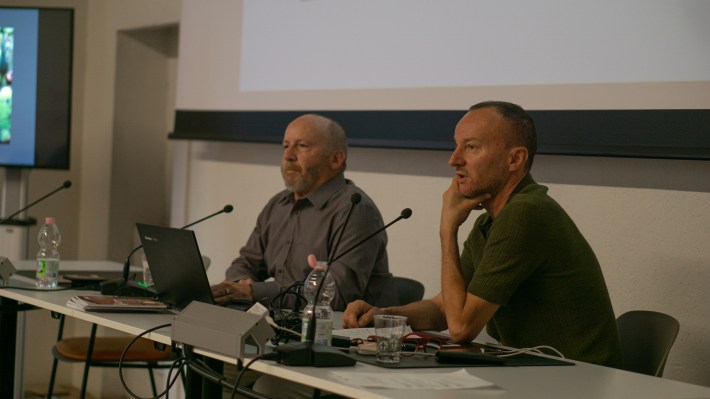
The masterclass led by Cable and Sanner demonstrated the delicious and culturally distinct tradition of making flour tortillas. They explained that Tucson is the only city in the United States that claims the flour tortilla as part of their heritage.
The class ended with a scene of Parmigiani cautiously dressing their tacos with different sauces and condiments, including guacamole and pico de Gallo, and a spicier riff made with Italian peperoncini. Cable noted, “Something that we consider mild, some of you might not be able to eat.”
The Parmigiani proved the desire for gastronomic education across the Atlantic by attending and participating actively in the masterclasses organized by the UNESCO delegations. It was a week of celebrating rich cultural diversity with two cities that strive to educate and uplift their citizens through a mutual love for food, something that I hope will be replicated again between Tucson and Parma in the near future.
